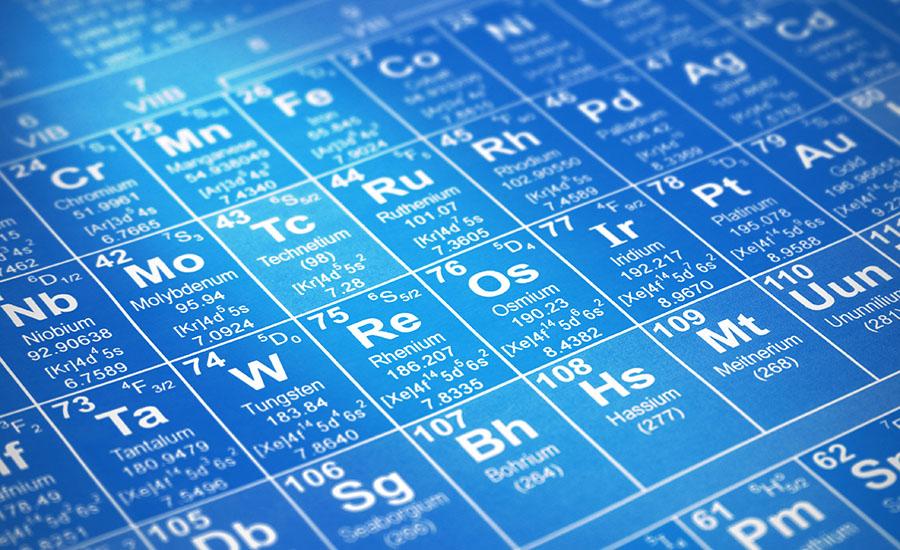
Fission and Fusion
by Laura Winder
This lesson plan includes activities for a full unit on Fission and Fusion, which are included in our state science standards. Students will create models of fusion and fission using a free online text as a reference. A rubric for the project is included. Students will watch a video and take notes on the benefits and drawbacks of nuclear power generation. They will finally use the the notes they have taken to participate in a debate in the format of a Socratic seminar to demonstrate their knowledge of the costs and benefits of nuclear power generation.
Lesson Plan Link/URL
https://docs.google.com/presentation/d/1beWN396gosiEbbwQz1LoqB0WdEU0Ewad/edit?u…Subject Area
Science Physical Science P1: Matter P4: Energy Transfer Technology 2. Digital Citizen 3. Knowledge Constructor 4. Innovative Designer 6. Creative Communicator Engineering S1: Engineering & Global Society S4: Apply Science to Engineering English Language Arts (ELA) Reading (Informational Text) Writing Speaking & ListeningRelated Content

Grades:
7th Grade, 8th Grade, 9th Grade, 10th Grade, 11th Grade, 12th Grade
This lesson is a whole unit on energy. It can be broken up into 10 separate lessons. I chose to put them all together so that it was easier to see how I organized them so you did not have to search

Grades:
9th Grade, 10th Grade, 11th Grade, 12th Grade
This STEM Argumentative Research Project engages students in exploring the scientific, ethical, and societal implications of themes in Mary Shelley's "Frankenstein." Students will work in groups to

Grades:
9th Grade, 10th Grade, 11th Grade, 12th Grade
An investigation into the function and uses of solar panels in agriculture - Agrivoltaics. Exploring how to get the most efficient use of your solar panels for your gardens.